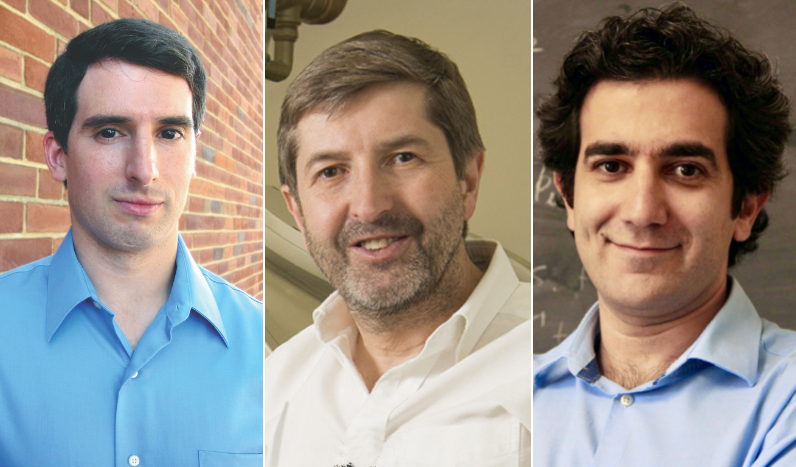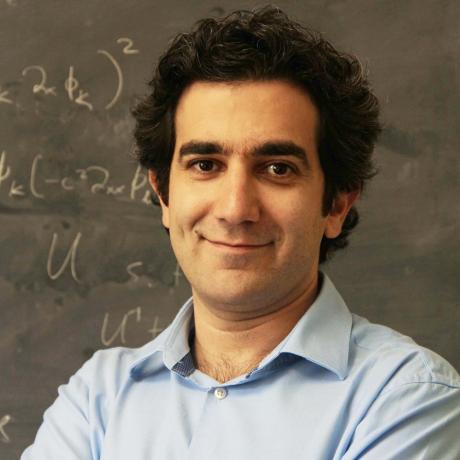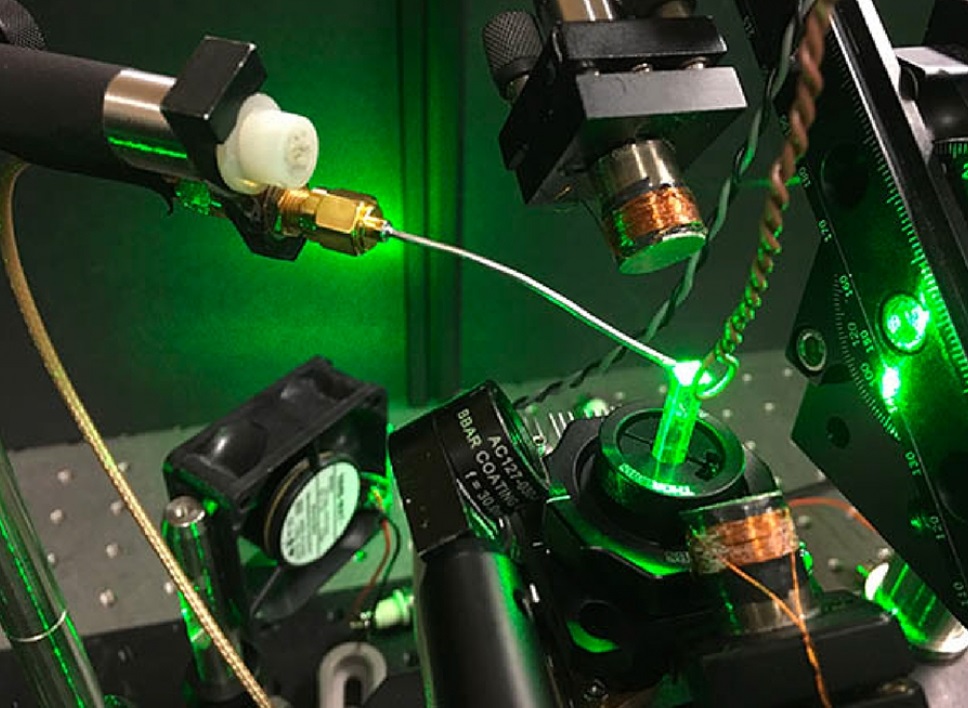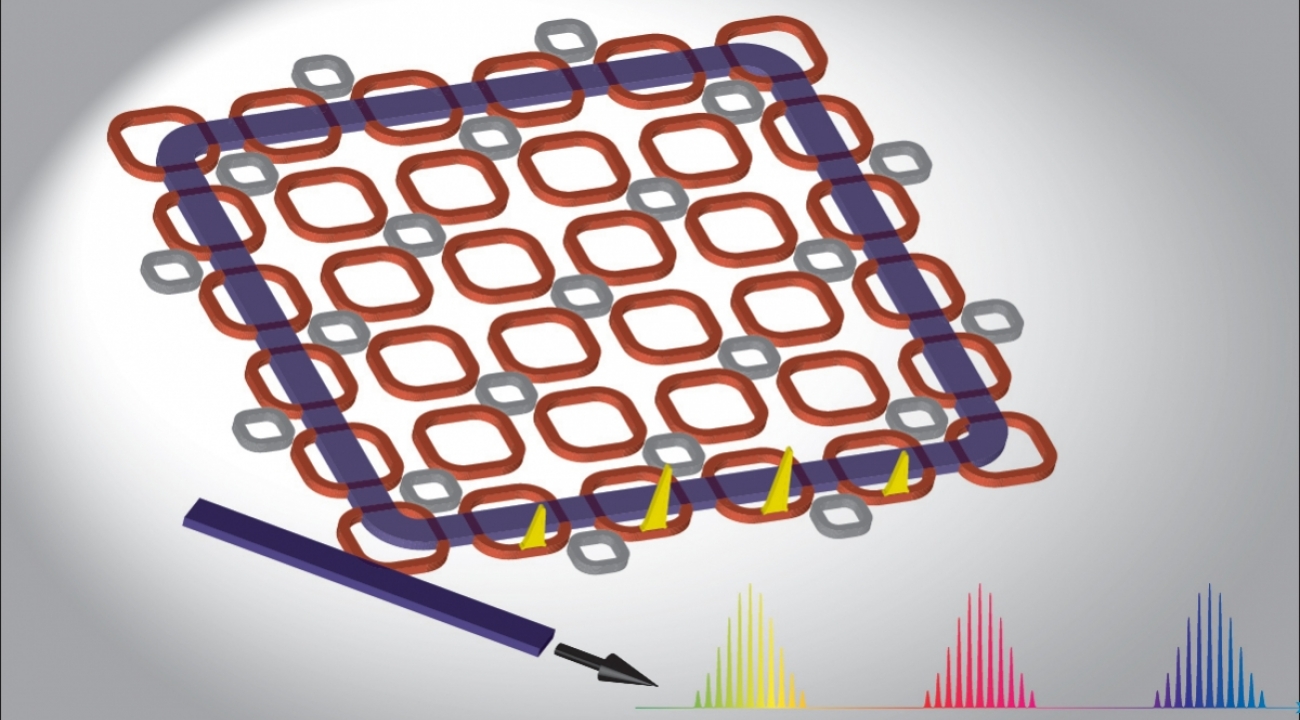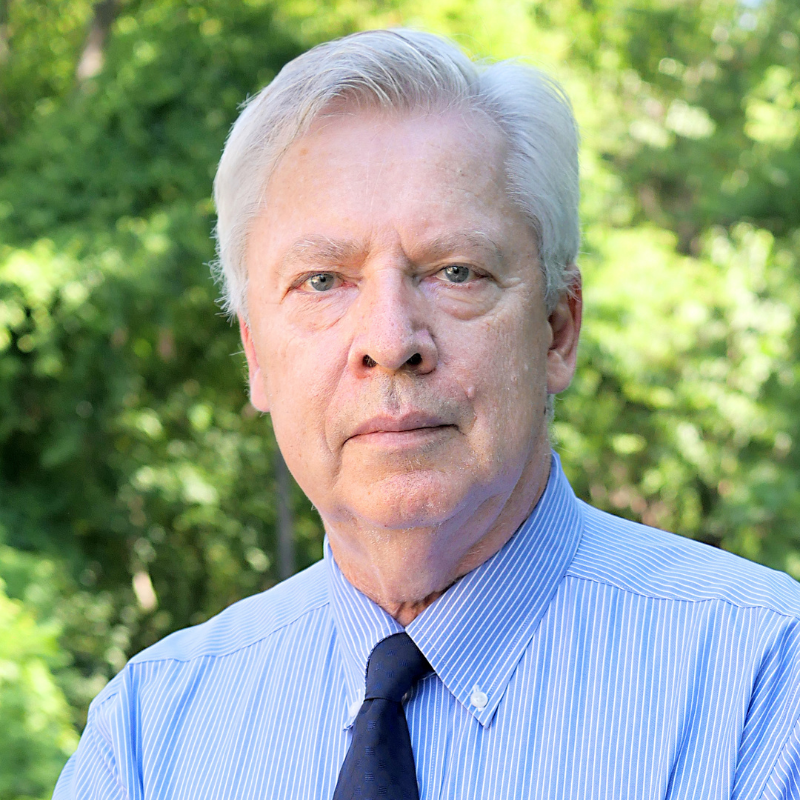News Story
UMD Wins $5M Phase 2 NSF Convergence Accelerator Award
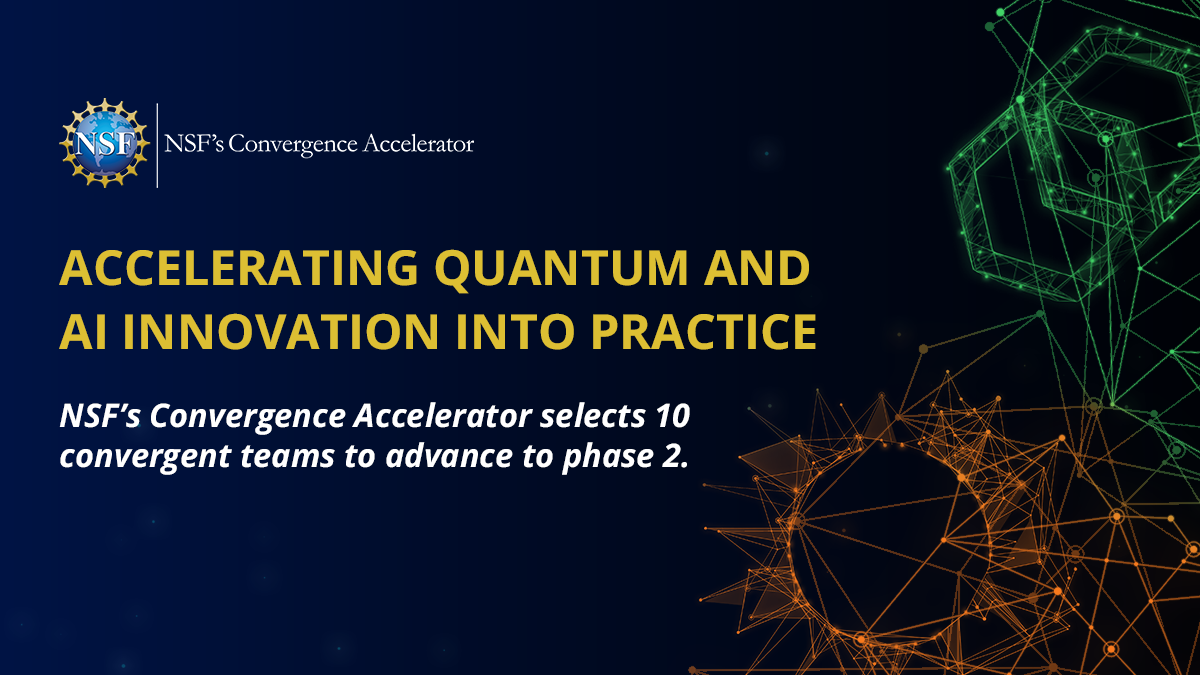
The National Science Foundation (NSF) announced today a $5 million, two-year award to a multi-institutional team led by the University of Maryland to develop quantum interconnects for ion trap quantum computers.
The team, QuaNeCQT (Quantum Networks to Connect Quantum Technology), is part of the 2020 Cohort’s Quantum Technology Track, and one of 10 teams to be selected for a phase 2 award.
Team members include Electrical and Computer Engineering Professor and Quantum Technology Center (QTC) Associate Director Edo Waks; Physics Assistant Professor and QTC Fellow Norbert Linke; and Mid-Atlantic Crossroads (MAX) Executive Director and Division of IT Assistant Vice President/CTO Tripti Sinha. Additionally, the team includes the co-PIs of the NSF-funded Engineering Research Center for Quantum Networks (CQN): Dirk Englund of the Massachusetts Institute of Technology and Saikat Guha of the University of Arizona.
This past year, the team has been developing the quantum version of a modem and router that will enable quantum computers to exchange quantum information over kilometer distances. They will deploy this technology in the Mid-Atlantic Region Quantum Internet (MARQI), UMD's regional quantum network footprint. The MARQI network will interconnect quantum computers at UMD, the Army Research Laboratory, MAX, and IonQ, with the potential for significant future scalability.
During phase 1, the researchers developed working prototypes of the quantum router and modem. The modem uses a process called quantum frequency conversion to convert signals from a quantum computer to infrared photons that can propagate over kilometer distance optical fibers. The router is powered by a silicon photonic chip that routes quantum signals in the network using quantum teleportation. The team has installed these prototypes in the MARQI network and established direct links with the various nodes of the network.
Quantum networks are at an inflection point, with the potential to significantly expand in the future. But the scale-up cannot occur without standardized modular hardware that provides an interface between emerging quantum computers and the vast infrastructure that is our current internet. “The hardware we are developing will address the critical gap, opening up the door to the future quantum internet that can connect quantum computers over continental distances,” says Waks.
Guha shared CQN’s role to this interdisciplinary team saying the, "Center for Quantum Networks is pursuing rapid prototyping, benchmarking and scaling up of trapped-ion-based quantum routers to add to the UMD-led Convergence Accelerator program.”
A quantum network would revolutionize numerous industries that take advantage of quantum computing including computing, banking, medicine, and data analytics. It would also enable us to connect multiple small quantum computers into powerful distributed quantum computers that can solve problems that have significant societal impact. Quantum networks would significantly increase the user base for quantum computers by providing secure access to end users as well as accuracy of the quantum computation. As quantum technology converges with the internet, a new technology sector would emerge bringing with it the potential for major economic growth by producing rapid technological innovation and creating a large number of new jobs for the future “quantum workforce,” just as the emergence of the internet did toward the late 20th century.
With that, the buy-in and interest from external partners has been a major component of team QuaNeCQT’s success during Phase 1. Partnerships with industry players in the quantum computing space and telecommunications, government labs, and other universities have been created to help the team gain perspective on the emerging field. Creating and engaging external partnerships has been a major component of the project that has helped guide convergence research. QuaNeCQT’s external partners include companies such as AdvR, AIM Photonics, Cisco, ColdQuanta, Honeywell, IonQ, Juniper Networks, LioniX International, NTTElectronics, OneOneHalf, Qrypt and Srico. University partners include Columbia University, MIT, Stanford University, The State University of New York Research Foundation, University of Arizona, University of California, Los Angeles, and University of Washington. Government organizations include Fermilab, the DEVCOM Army Research Laboratory, and Sandia National Laboratories.
Published September 16, 2021
